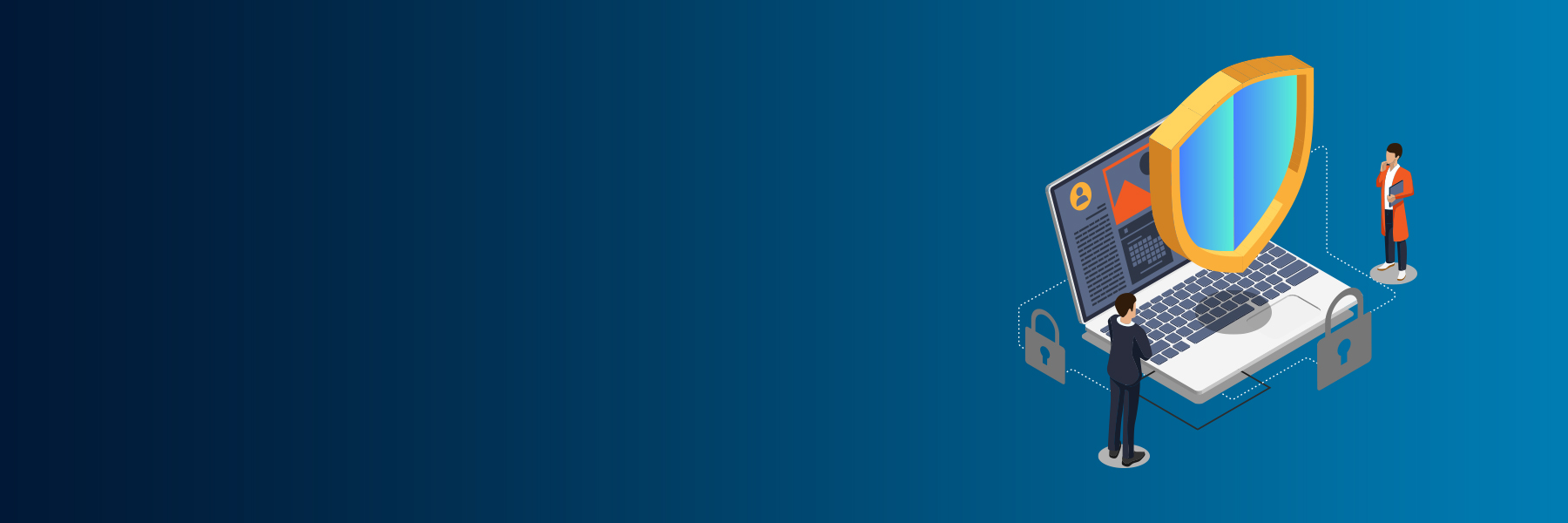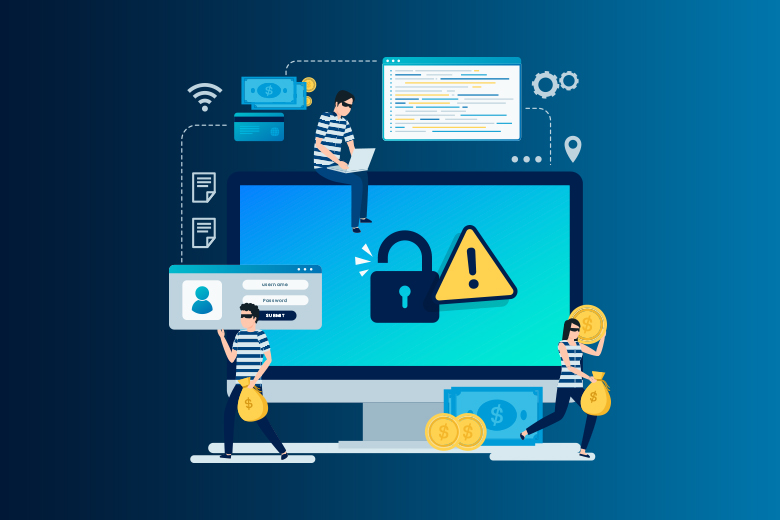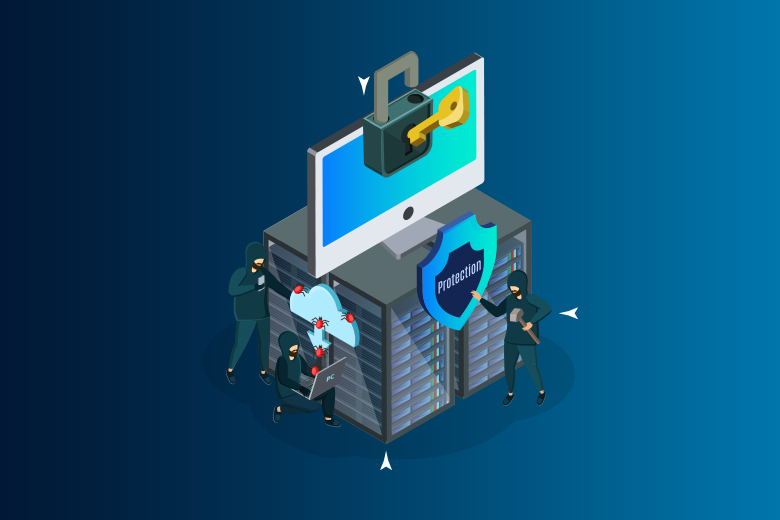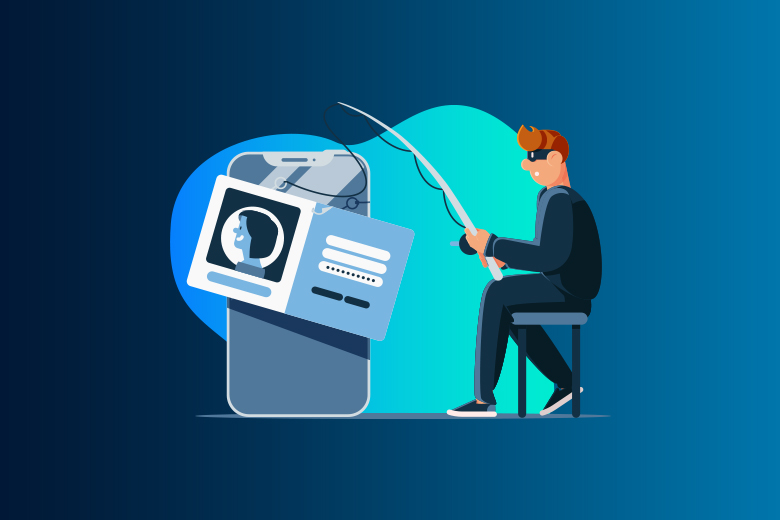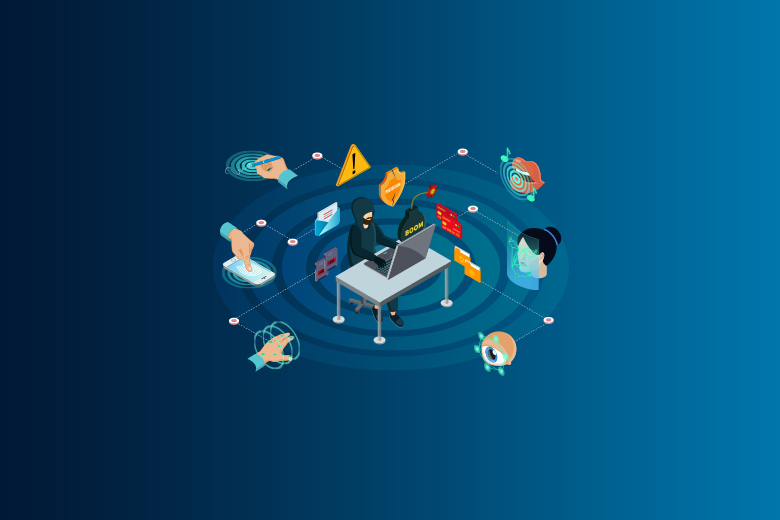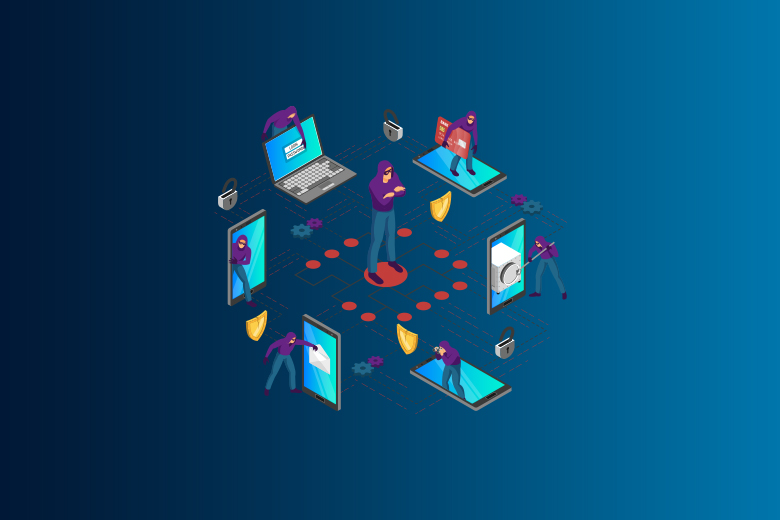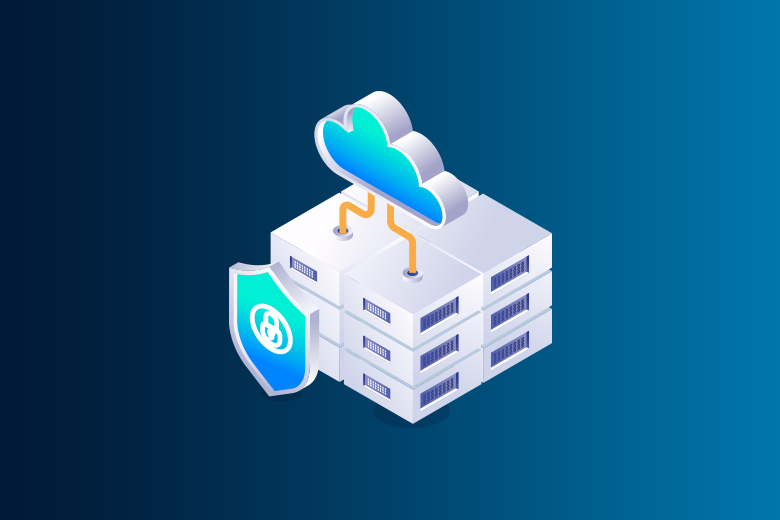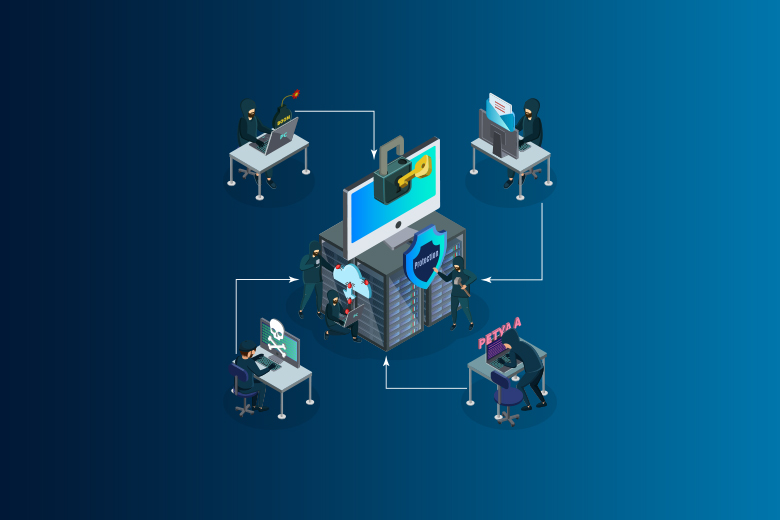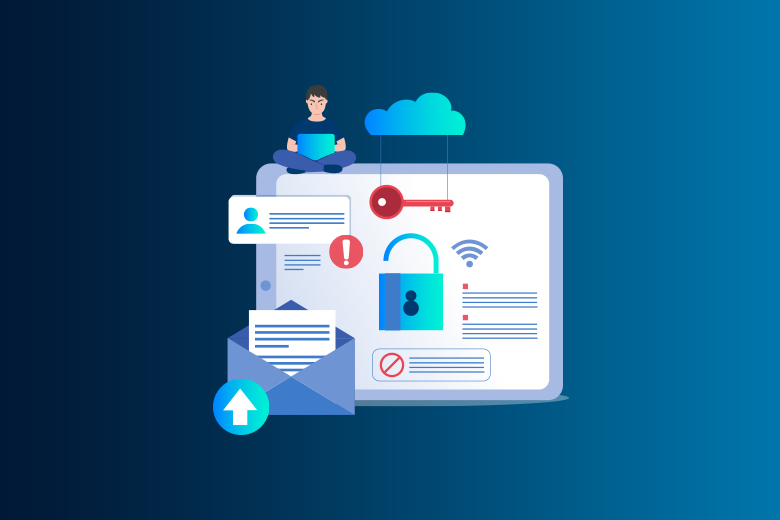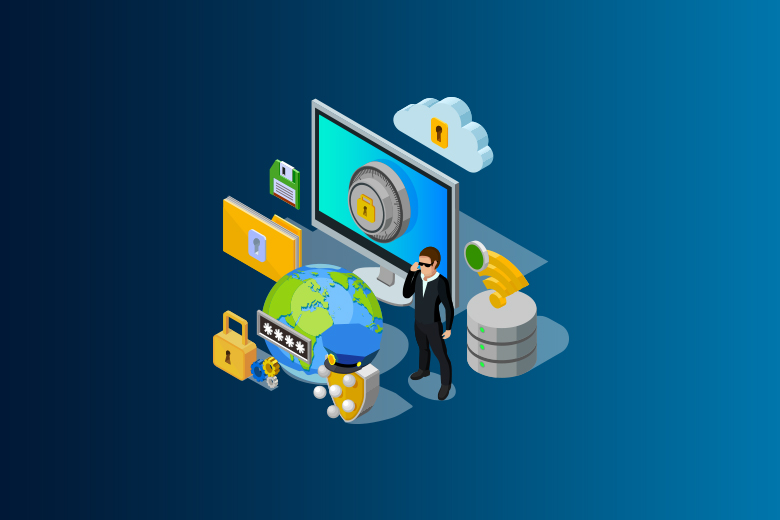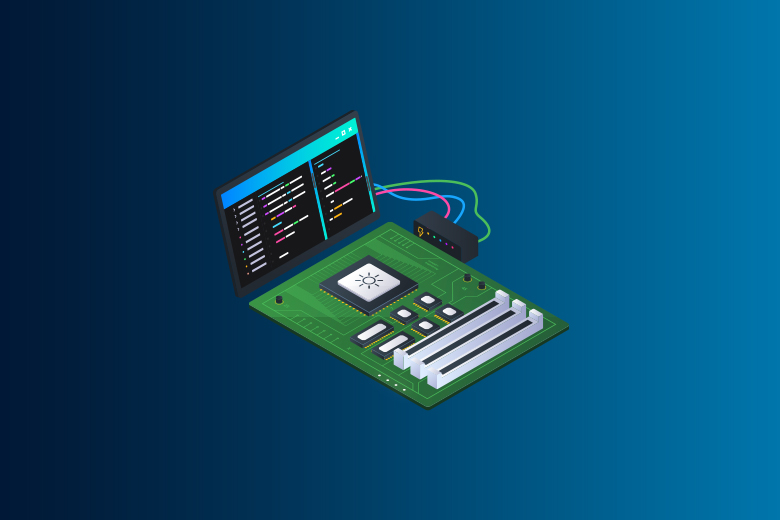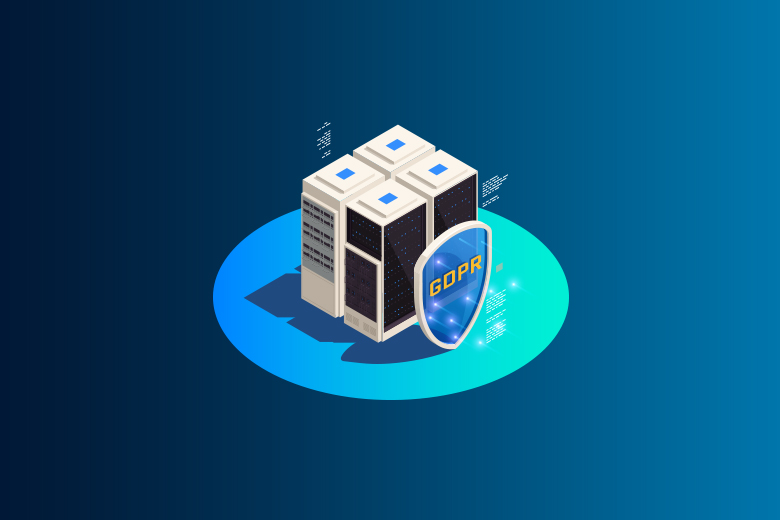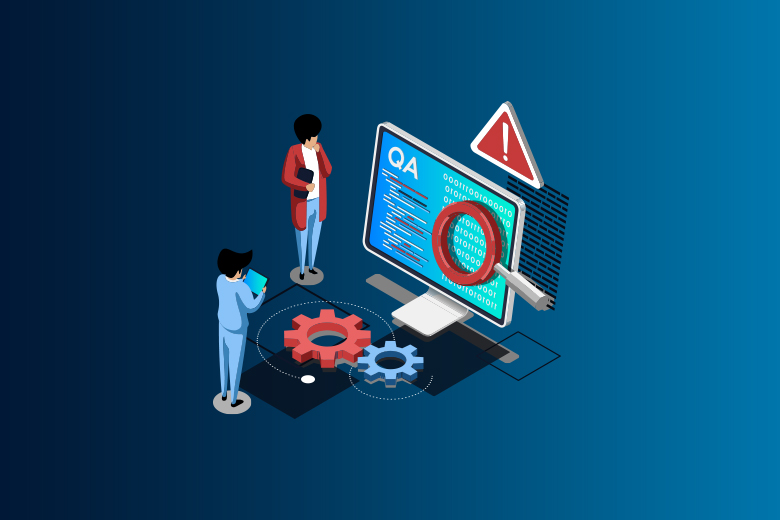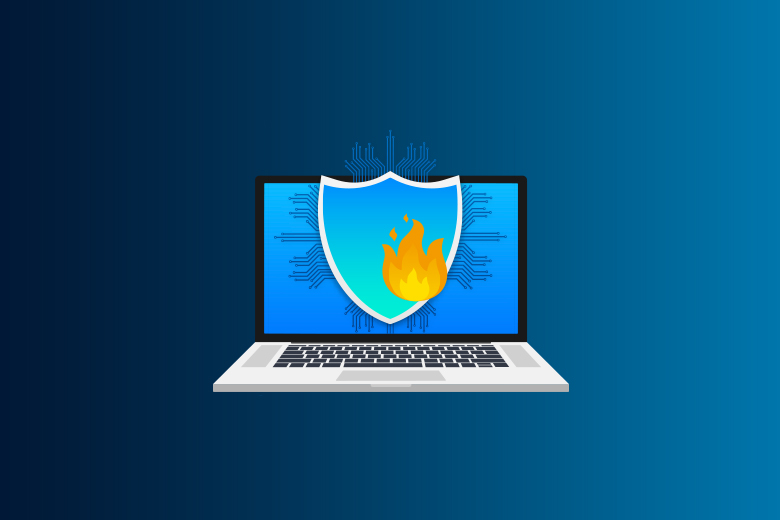6 March 2024
SafeAeon Inc.There are many possibilities in the vast digital world, but there are also many hidden threats. Cybersecurity holes are becoming a bigger worry because of how connected everything is. One of these threats, which often goes by the simple letter "DNS," is a major threat to our internet safety and privacy.
Domain Name System (DNS) poisoning is what DNS stands for. The DNS is like a big phone book for the internet. It takes website domain names like "[invalid URL removed]" and turns them into IP numbers that computers can understand. Attacks called DNS take advantage of flaws in this system to trick users into going to malicious websites that look like legal ones. This makes it possible for hackers to get private data like login passwords, credit card numbers, or personal information.
It's scary how common DNS hacks are. A new report from Cisco Talos Intelligence says that 32 million cases of DNS poisoning were found just in 2023. This is a worrying 27% rise from the previous year, showing that these attacks are getting smarter and happening more often.
Understanding the weak spots in DNS is important for reducing this threat. These flaws come from problems with the DNS system itself, like the fact that it relies on trust between the different people involved. The fact that the DNS is not controlled and that many people use third-party DNS resolvers also gives bad people more ways to attack.
By digging deeper into how vulnerable DNS is, we can come up with good ways to keep ourselves and our data safe. To do this, you need to use strong security measures like two-factor authentication, strong passwords, and known DNS providers. To get around in the constantly changing world of cybersecurity, we also need to keep up with the newest threats and take steps to protect our online identity.
What Is DNS Vulnerability and Its Different Types?
DNS(Domain Name System) poisoning, which is also called DNS vulnerability, is becoming a major threat to our internet safety and privacy.
The DNS is like a big phone book for the internet. It takes easy-to-remember website domain names like "[invalid URL removed]" and turns them into computer-friendly IP numbers. Attacks called DNS take advantage of flaws in this system to trick users into going to malicious websites that look like legal ones. This makes it possible for hackers to get private data like login passwords, credit card numbers, or personal information.
Learn About the Different Types of DNS Attacks
There are different kinds of DNS attacks, and each one uses a different way to take advantage of holes in the DNS:
Cache poisoning is an attack that goes after DNS resolvers, which are the computers that turn domain names into IP addresses. By injecting fake information that leads users to malicious websites even if they enter the correct domain name, attackers take advantage of flaws in these resolvers' caching systems.
Man-in-the-middle (MitM) poisoning: This method includes listening in on a user's conversation with a DNS server. The attacker stands between the two people and seems real to both of them. Then, they can change the DNS answer to send the user to a malicious website while sending the user's device a fake response that looks like it's real.
NXDOMAIN poisoning: This attack takes advantage of the "NXDOMAIN" answer, which means that a certain domain name doesn't exist. Attackers can change this answer to send people to a malicious website even if they are trying to access a domain that doesn't exist.
Fast flux: DNS poisoning is a method of quickly adding and removing many subdomains from a single domain name. This makes it hard to find and stop malicious subdomains, so attackers can keep switching to new ones to avoid being caught.
DNSSEC spoofing: DNSSEC, which stands for "Domain Name System Security Extensions," is a system that digitally signs DNS records to make the DNS more secure. Bad people can fake these signatures, though, so it looks like real DNS answers are coming from reliable sources even though they're actually taking people to dangerous websites.
What it means and how important it is to understand DNS Vulnerability?
More and more people are worried about how common DNS threats are. Cisco Talos Intelligence recently released a study saying that 32 million DNS poisoning events were found in 2023 alone. This is a worrying 27% rise from the previous year. This shows how these attacks are getting smarter and happening more often.
To come up with good ways to protect against DNS weaknesses, you need to know about the different kinds of them. Because we know how these threats work, we can take steps to protect ourselves:
Implementing robust security measures: Using strong passwords, turning on two-factor authentication, and keeping software and apps up to date are all examples of strong security measures that should be put in place.
Using DNS services you can trust: Poisoned DNS records are less likely to happen if you use reliable DNS providers with strong security measures.
Making sure you know about the newest threats: Individuals and businesses can stay ahead of possible attacks by regularly checking for information on cybersecurity holes and staying up to date on new threats.
By going deeper into DNS sensitivity and learning about its different forms.
What Are Necessarally Suggested Precautions To Avoid DNS Vulnerability?
Attackers take advantage of holes in DNS, which is the internet's address book, to send people to dangerous websites and steal their data. You can greatly improve your defenses against these threats, though, if you take proactive steps.
1. Make strong security practices a priority:
Two-factor authentication (2FA) and passwords that can't be broken: For all of your online accounts, use strong, unique passwords, and use two-factor authentication (2FA) whenever you can. This two-step verification process adds an important layer of security by making attackers guess not only your password but also an extra verification code, like one sent to your phone, to get in.
Updates for software: Accept the Patch: Update your web browsers, operating system, and all of your apps regularly. Updates for software often come with important security changes that fix newly found holes in the system and make it harder for hackers to use them.
2. Make sure your DNS settings are safe:
Look for Reliable DNS Providers: Choose DNS providers that have a history of security and strong anti-spoofing methods. These companies keep an eye out for and take steps to stop possible threats, which lowers the chance of running into poisoned DNS records. To protect yourself even more from spoofing, look for service companies that offer DNSSEC (Domain Name System Security Extensions).
For advanced users, think about custom DNS: For technically savvy advanced users, setting up custom DNS settings to use safe resolvers with extra security features like blocking malicious websites can provide even more protection. However, this method needs to be carefully set up to avoid having unexpected effects.
3. Stay alert and knowledgeable:
Invest in security awareness training. By taking part in security awareness training classes, you can learn how to spot common cyber threats and the safest ways to be online. With this information, you can make smart choices and avoid falling for common DNS attack tricks that use social engineering.
Stay up to date on new threats: You can stay up to date on the latest vulnerabilities and new DNS attack methods by following reputable cybersecurity news sources and groups. With this information, you can change how you handle security and stay alert to new threats.
4. Some more security-boosting tips:
Watch Out for Phishing Attempts: Be wary of emails, texts, or social media posts that look like they are real but have strange links or files. Do not click on them, and make sure the sender is real before you interact with any online material.
Use a VPN for public Wi-Fi: If you're using a public Wi-Fi network, you might want to use a Virtual Private Network (VPN) to secure your internet traffic and keep malware from listening in on your data.
By taking these precautions, you can make your defenses against DNS threats much stronger and feel safer in the digital world. Remember that cybersecurity is an ongoing process and that being cautious is the best way to keep your online experience safe.
Conclusion
Looking into the DNS (Do Not Disturb) vulnerability reveals an important part of digital safety that needs attention. This flaw takes advantage of the DNS feature, which users and developers alike often forget about. It could let bad people get around security measures and get to private information without permission. It stresses the need for complete security protocols that go beyond standard measures. It also stresses how important it is to keep systems up to date-and protected against these kinds of attacks. As technology improves, it's more important than ever to understand and fix weaknesses like DNS to protect digital assets. Staying alert and taking proactive security steps are important to protect against new cyber threats and with SafeAeon it’s even easier.
